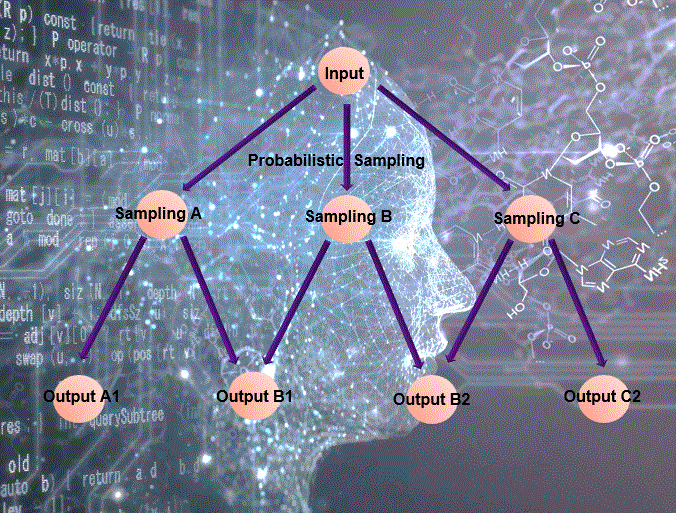
Generative AI is not a calculator. It’s a jazz musician.
Ask it a question twice, and you’ll get two answers. Feed it the same prompt, and it might write a sonnet one moment and a manifesto the next. This isn’t a glitch, it’s a feature. And it’s rooted in a principle that defies our most basic assumptions: non-determinism.
In a world increasingly shaped by algorithms, we often expect machines to behave like clocks—precise, predictable, and repeatable. But generative AI breaks that mold. It doesn’t just compute; it composes. It doesn’t just retrieve; it reimagines. And at the heart of this creative chaos lies a concept that’s both technically profound and philosophically provocative: the idea that the same input can lead to different outputs.
The Jazz of Intelligence
Traditional software is like sheet music: precise, repeatable, and predictable. You input `1 + 1`, and you get `2`. Every time. No surprises. This is determinism—the foundation of classical computing. But generative AI, like GPT or Claude, doesn’t follow sheet music. It improvises.
Imagine a jazz saxophonist riffing on a familiar melody. The theme is recognizable, but each performance is unique. The phrasing shifts, the rhythm bends, the emotion evolves. Generative AI works the same way. It listens to the rhythm of your prompt, scans its memory of billions of phrases, and plays a response that fits the mood—but never quite the same way twice.
This is non-determinism: the idea that the same input can lead to different outputs. In AI, it’s driven by probabilistic sampling. The model doesn’t “know” the answer—it feels its way through a probability space, like a musician choosing the next note based on intuition, not a fixed score.
Generative AI is not a calculator. It’s a jazz musician.
Ask it a question twice, and you’ll get two answers. Feed it the same prompt, and it might write a sonnet one moment and a manifesto the next. This isn’t a glitch, it’s a feature. And it’s rooted in a principle that defies our most basic assumptions: non-determinism.
In a world increasingly shaped by algorithms, we often expect machines to behave like clocks—precise, predictable, and repeatable. But generative AI breaks that mold. It doesn’t just compute; it composes. It doesn’t just retrieve; it reimagines. And at the heart of this creative chaos lies a concept that’s both technically profound and philosophically provocative: the idea that the same input can lead to different outputs.
The Jazz of Intelligence
Traditional software is like sheet music: precise, repeatable, and predictable. You input `1 + 1`, and you get `2`. Every time. No surprises. This is determinism—the foundation of classical computing. But generative AI, like GPT or Claude, doesn’t follow sheet music. It improvises.
Imagine a jazz saxophonist riffing on a familiar melody. The theme is recognizable, but each performance is unique. The phrasing shifts, the rhythm bends, the emotion evolves. Generative AI works the same way. It listens to the rhythm of your prompt, scans its memory of billions of phrases, and plays a response that fits the mood—but never quite the same way twice.
This is non-determinism: the idea that the same input can lead to different outputs. In AI, it’s driven by probabilistic sampling. The model doesn’t “know” the answer—it feels its way through a probability space, like a musician choosing the next note based on intuition, not a fixed score.





